In baseball, if a batter hits over .350, he's a hero. In drug development, one out of a hundred is considered average, good even. The realities of pharmaceutical research are brutal, consisting of decade-and-a-half long timescales, mind-numbing costs and exceedingly long, soul-crushing odds of success. In the fight against cancer, this rings especially true.
Early in the cancer drug development continuum -- long before a drug is ever tested in a human -- there is a preclinical research phase that utilizes animal models of the disease. These creatures, usually mice, are implanted with human tumor cells and then treated with anticancer agents under investigation. The thinking is if an experimental medicine shows signs of being safe and effective in a mouse, there is at least a chance it will be safe and effective in a human.
The typical method of producing a large supply of cancer cells for implantation into an animal is to take a tumor sample from a patient, establish a cell line and grow it in the lab until a large number of cells are produced. These cells can then be frozen and used as needed in mice or in subsequent rounds of growth in the lab to produce new cells.
This approach, however, may have drawbacks. First, by the time cells finally find their way into an animal, they often bear little resemblance to the original tumor -− the process of multiplying cells in dishes tends to introduce changes that build up with each round of growth. Second, the cells grow as a "bunch" of cells and rarely resemble the human tumor they originated from. In addition, there is little known about their cellular and genetic characteristics or how they respond to existing cancer treatments. Both drawbacks contribute to keeping drug developers' "batting" averages low.
We know the game of comparing man-to-animal will never be a perfect science. There's always room to improve the chances of a successful transition from bench to bedside. Doing so requires more precise techniques that produce better clinical outcomes. So, how do we improve preclinical animal research such that the tumors being tested in animal models more closely resemble those that will be found in human patients? And how can we make sure we're starting out with as much information as possible about each tumor, so that our experiments can be done more efficiently and patients who need therapies can get them faster?
At Charles River, our oncology models are the "cancer avatars." Why the name "cancer avatars"? Because of our efforts to maintain the tumors in a state as close as possible to the original tumor taken from a patient, we think of the mice into which samples are implanted as stand-ins for actual patients. They help us to determine which drugs, combinations of agents and timing of doses have the best chance of success in humans, without the expense (in terms of dollars and time) of having to pretest every permutation in clinical trials.
Here's how it works: After we receive a shipment of human tumor samples, we segment them into 5-10 small pieces. We then implant these pieces into mice that are bred to accept foreign tissue. In about half of the mice, the implanted human tissue will grow. If it does, we remove the newly grown tumors from the mice, divide them into smaller pieces and implant them into more mice, repeating the process once or twice more until we have about 300 vials of tumor tissue stored in liquid nitrogen, all derived from the original human tumor.
Over the last two and a half years, we've collaborated with some of the world's most prominent cancer institutions such as The Mayo Clinic and others building a bank of more than 100 human tumors that represent 13 different types of cancer, including bladder, brain, breast, colon, gall bladder, kidney, liver, non-small cell lung, ovarian, pancreatic, thyroid, uterine cancers, and melanomas.
We conduct extensive testing on the tumor tissue we're banking, measuring protein levels, gene mutation and expression and intracellular events. We record this information as well as data on biomarkers in a database that also includes samples' response to treatments, creating a valuable resource for drug developers.
Our database of information on each sample further increases the chances of clinical success by helping us to narrow down the best options faster. We can test whether a new treatment might work better in tumors from certain organs, with particular cellular properties, or even with specific gene signatures.
Drug developers are always searching for ways to lower costs, shorten the time-to-market and, most importantly, improve the odds of a drug's success in patients. Research tools like cancer avatars can help improve those averages. Of course, clinical trials will always be needed to confirm what animal experiments predict, but with people's lives on the line we need to be working as quickly and intelligently as possible throughout the drug development process to help make smarter, more targeted therapies for patients who need them.